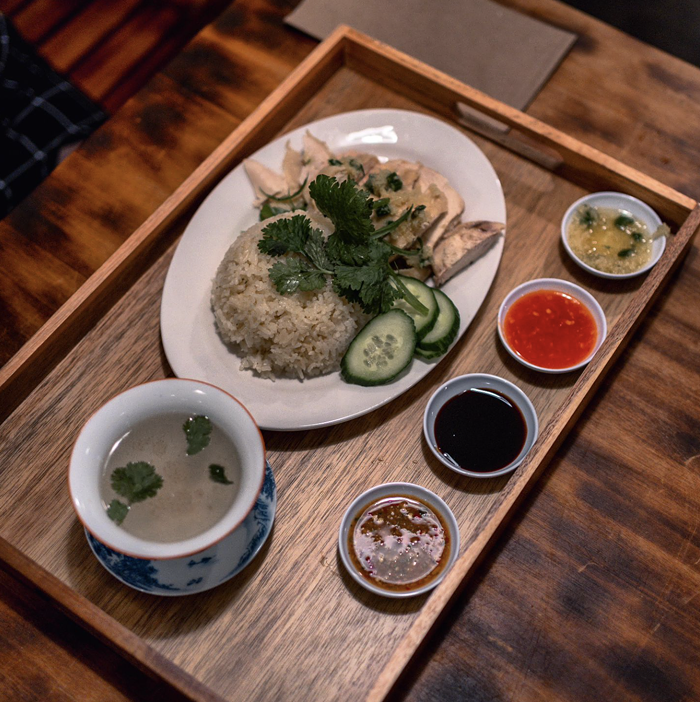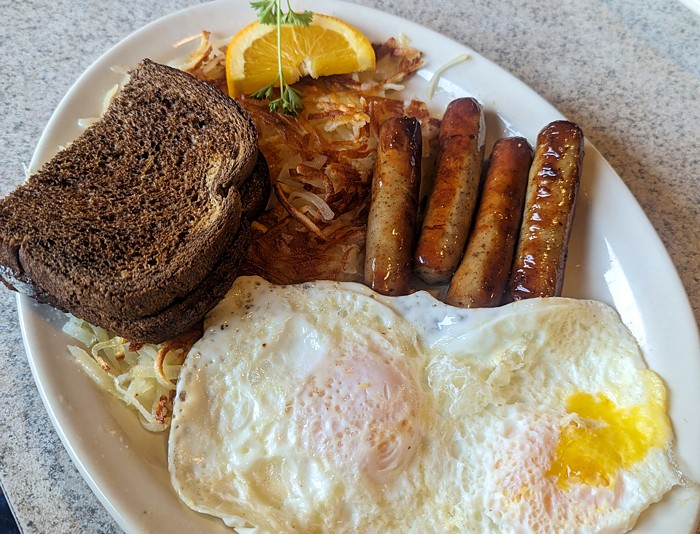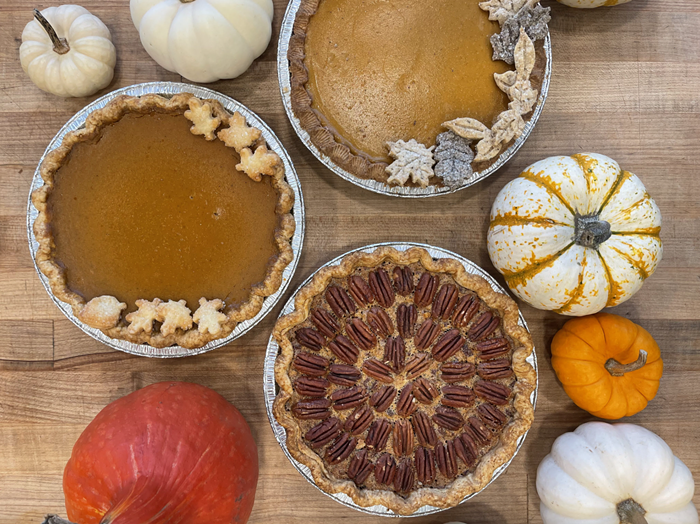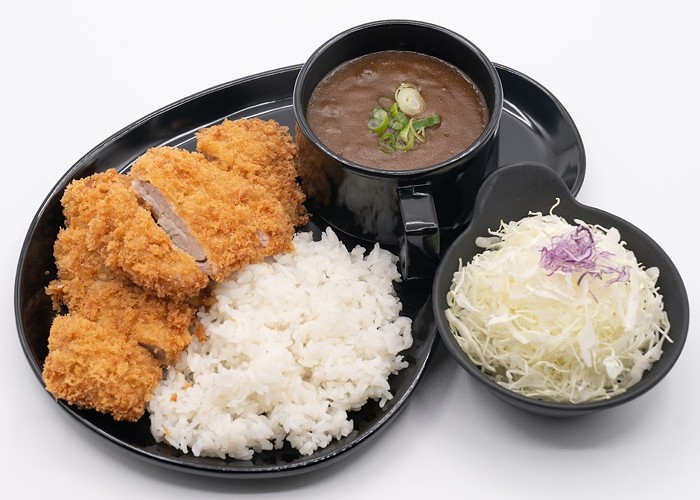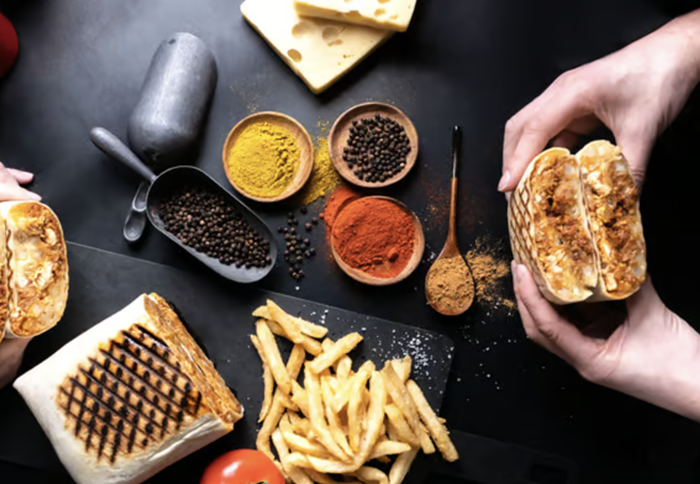American eaters of non-American cuisine are bizarrely fussy about authenticity. Witness reactions to Kushibar, a new Japanese place in Belltown, culled from Yelp.com and the comments on a recent review in The Stranger: "How American and NOT Japanese" and "I hate it when non-Japanese open Japanese restaurants" and "non-Japanese run Japanese restaurants: fail."
This, obviously, is a dumb way to evaluate restaurants. Restaurateurs should not be judged by the color of their skin, but by the content of their cuisine. (Plus, authenticity is a bogus value only used by insecure, condescending jerks. Next time someone tells you about the "authentic" town they visited in a foreign country where there were "no tourists," ask them how, exactly, a businessman running a T-shirt stand is less "authentic" than a farmer or fisherman or whatever.) Unless we're talking about history or journalism, we don't need things to be authentic. We need them to be good. So the fact that the most delicious ramen in Seattle was served to me by pimply-faced young honkies—who were piping that Offspring album from 1994 over the speakers—should draw nobody's criticism.
Because ramen is more than a fortifying, blood-warming soup, often served with pork and green onions, sometimes with a salty brown shoyu broth, sometimes with a salty white miso broth, and, on the snowy islands of northern Japan, made with sweet corn and thick slabs of butter. Originally from China, embellished in Japan, and adored in America, ramen is also a transnational argument against authenticity.
Samurai Noodle (606 Fifth Ave S, 624-9321), home of the aforementioned honkies, takes top honors. Samurai has shoyu and dipping-ramen dishes, but its tonkotsu ($7) is the thing—rich, unimpeachably tasty pork ramen with thick, perfectly cooked slices of pork. You can order extra noodles, but you won't need to. You can order extra pork lard, but you shouldn't unless you're a sumo wrestler. The tiny room only has eight tables, but you can take your noodles to go and eat them next door in the bright, noisy cafeteria at Uwajimaya. Samurai is a small, efficient engine of deliciousness.
Kaname Izakaya (610 S Jackson St, 682-1828) is for the authenticity fetishists. The interior looks like it could've been airlifted from Kyoto, with rice-paper screens and dark wood—some of it left all knotty and unfinished and wabi-sabi—and an old Japanese couple creaking around the floorboards. The miso ramen ($8), however, was mediocre. The broth was a little watery, the noodles slightly too al dente. The slice of pork, however, was tender and with just enough fat. Kaname is also new. It may improve with time.
Tsukushinbo (515 S Main St, 467-4004) is the coyest of ramen restaurants. A cozy, superlative Japanese place with excellent sushi, grilled mackerel, katsu, et cetera, Tsukushinbo is also the kind of place where you can find the city's tiniest, oldest Japanese ladies peeking over bowls of miso soup, satisfying both the gourmands and I-wanna-feel-like-I'm-in-Osaka types. For only two hours a week—noon to 2:00 p.m. on Fridays—they serve a stellar shoyu ramen ($7.50) with a bowl of rice and slightly charred gyoza. The broth is perfectly salted, the pork tender, the noodles delightful. Samurai's tonkotsu is still the richest, tastiest ramen in Seattle, but Tsukushinbo's shoyu runs a close second.
Fu Lin (512 S King St, 749-0678) is not a pun. According to the waiter, it is Chinese for something difficult for him to articulate that vaguely resembles "welcome" and "everything good." A Chinese restaurant with several different kinds of ramen (all around $8), Fu Lin has been open for seven years and is a favorite of some self-professed ramen aficionados. I am not among them. It's not Fu Lin's unusually light, white broth or soft noodles that keep it off the top-ramen list—both are a treat—but the lower-quality ingredients. The helpful waiter advised the tonkotsu seafood ramen. He advised poorly. The scallops and salmon and octopus bits were tough and overpoweringly fishy.
Okinawa Teriyaki (1022 Alaska Way, 447-2648) is a humble linoleum-and-Formica joint that puts some of the China back in the ramen with a slightly viscous hybrid of Japanese noodles and egg drop soup: floating bits of egg, plus steamed broccoli, carrot, zucchini, and a pile of teriyaki chicken on top. (It is possible that they just throw in whatever happens to be around that day.) The spirit of experimentation and price ($7) are commendable, the lifeless, instant-quality noodles are not.
Boom Noodle (1121 E Pike St, 701-9130) charges $10 for serviceable ramen in its green-modernist shoe box with long, communal tables and a Ping-Pong table by the bar. Boom's ramen uses good-quality ingredients—sweet corn in the miso ramen, a chicken confit ramen with scallops and bamboo shoots—but its bowls are unreliable: Sometimes the pork is too tough, sometimes the shoyu broth too salty, even for shoyu. It's not quite worth it except for happy hours, when Boom serves its pork Tokyo ramen for $7. If you happen into one of its better bowls, the experience is second only to Samurai.
And Kushibar (2319 Second Ave, 448-2488)? Its house ramen—pork, sweet corn, half a boiled egg, sprouts, scallions—is fine, though nothing revolutionary. And, at $11, it's a little pricey. Better to enjoy Kushi's takoyaki (like a doughnut hole with octopus inside, $5 for 6), chicken-heart skewers (chewy, chewy aorta!, $2), and gyu tataki (lightly seared beef, $6).
Leave the ramen to the experts—young, pimply white guys who love the Offspring. ![]()
